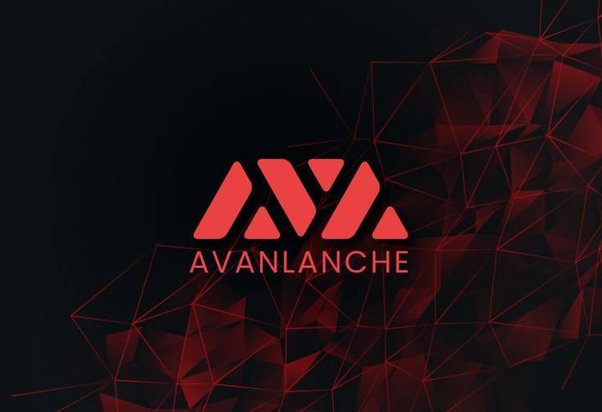The Avalanche Consensus Protocol is a groundbreaking approach to achieving consensus in blockchain networks. With its unique voting-based system and rapid convergence, Avalanche offers advantages such as scalability, security, and efficiency. As you grasp Avalanche’s consensus protocol, remember to also explore article what Should Governments Regulate Bitcoin.

How Avalanche Consensus Works
The Avalanche Consensus Protocol operates on a unique set of principles and mechanisms that enable fast and efficient consensus in blockchain networks. At its core, Avalanche relies on a voting-based system where participants reach consensus through repeated rounds of voting.
When a new transaction or block is proposed, it is initially put up for a vote among a subset of network participants called validators. Validators evaluate the validity and legitimacy of the proposed transaction or block by examining its content and verifying the associated signatures. This process helps prevent the inclusion of fraudulent or malicious transactions.
During the voting process, participants express their preferences by attaching their votes to the proposed transaction or block. Each participant in the network can independently decide how they vote based on their own understanding of the network state. This flexibility allows for a high degree of decentralization and eliminates the need for a centralized authority to determine consensus.
Once a sufficient number of votes has been collected, the Avalanche protocol employs a series of randomized sampling and feedback mechanisms to determine the final outcome. Validators gather the votes and observe the distribution of opinions within the network. If the votes show a clear majority in favor of a particular outcome, consensus is quickly reached, and the proposed transaction or block is confirmed as valid.
However, if the votes are evenly distributed or there is no clear majority, a new round of voting is initiated. This process continues until a definitive majority is achieved. The repeated rounds of voting and feedback allow Avalanche to converge on a consensus outcome rapidly, even in the presence of conflicting opinions.
To ensure the security and reliability of the consensus process, Avalanche employs a randomization mechanism that prevents malicious actors from manipulating the voting results. Validators are randomly selected to participate in each round of voting, making it difficult for any single participant or group of participants to exert undue influence over the consensus outcome.
Advantages and Use Cases of Avalanche
One of the key advantages of Avalanche is its scalability. Traditional consensus protocols, such as Proof of Work, often face challenges when it comes to scaling the network as the number of participants and transactions increase. Avalanche, on the other hand, is designed to handle a high throughput of transactions without sacrificing performance. Its efficient consensus mechanism allows for parallel processing and quick confirmation of transactions, making it suitable for applications that require fast and scalable blockchain solutions.
Another significant advantage of Avalanche is its enhanced security. By utilizing a randomized sampling mechanism for selecting validators and participants in the consensus process, Avalanche reduces the risk of attacks and manipulations. The decentralized nature of the protocol also ensures that no single entity can control the consensus outcome, making it more resistant to malicious activities. This heightened security makes Avalanche a reliable choice for applications that prioritize data integrity and tamper resistance, such as financial systems, supply chain management, and decentralized applications (dApps).
Avalanche’s consensus protocol offers a wide range of use cases across various industries. One prominent use case is in the field of decentralized finance (DeFi). The high throughput and low transaction fees provided by Avalanche make it ideal for DeFi applications, such as decentralized exchanges, lending platforms, and stablecoins.
Additionally, Avalanche can be utilized in supply chain management systems. With its ability to process a large volume of transactions and ensure data integrity, Avalanche can enable transparent and efficient tracking of goods across the supply chain. This can help reduce fraud, improve traceability, and enhance the overall efficiency of supply chain operations.
Furthermore, Avalanche can be applied in the domain of decentralized applications (dApps). Its fast and secure consensus mechanism allows for seamless execution of smart contracts and decentralized computations. Developers can leverage Avalanche to build scalable and reliable dApps that offer a superior user experience.
Conclusion
In conclusion, the Avalanche Consensus Protocol presents a compelling solution to the challenges faced by traditional consensus protocols in the blockchain space. Its scalability, security, and speed make it a promising choice for various industries, including decentralized finance, supply chain management, and decentralized applications. As blockchain technology continues to evolve, Avalanche is poised to play a significant role in shaping the future of decentralized systems.
